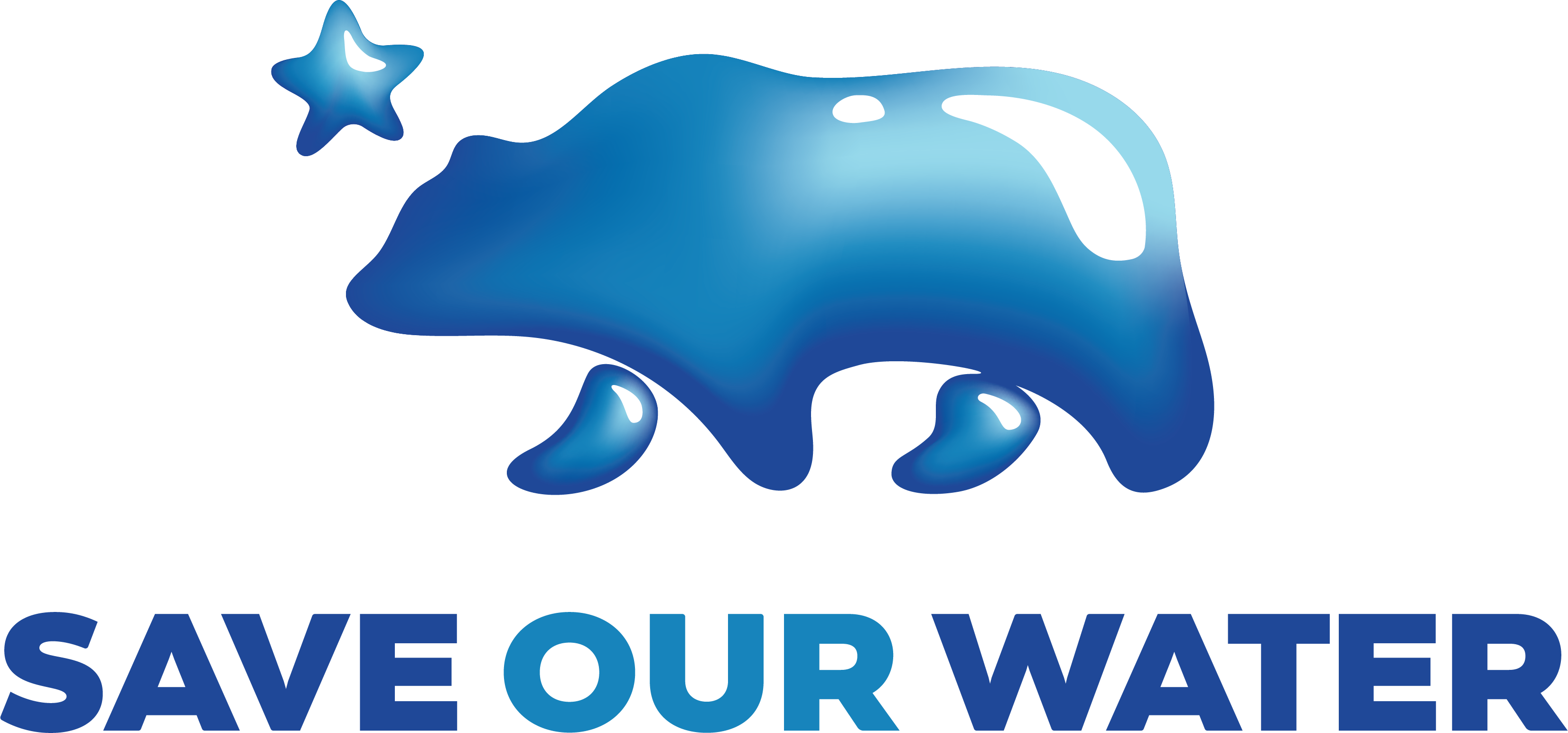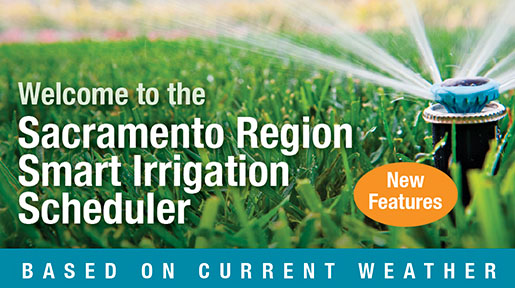By Debbie Arrington
Guest Writer
Shopping for some new appliances this holiday season? Thinking about remodeling or other upgrades? Move up to more-efficient fixtures and appliances, see your water use go down – and savings go up.
For water-wise consumers, a water-efficient washing machine should be at the top of the shopping list. Compared to older models, a new washer can save five to 25 gallons per load. Considering the average family does 300 loads of laundry a year, that’s potentially 7,500 gallons of annual water savings.
The most efficient washers can save even more, explains water conservation expert Vicki Sprague of the Sacramento Suburban Water District (SSWD).
“The highest water-use appliances in many households are older clothes washers, as many people still use their older, still operating, and reliable clothes washer, (which) uses 40 to 50 gallons of water per load,” Sprague explains.
That 40- to 50-gallon standard “dated back to the 1970s, all the way to 2000s,” she adds. “That’s when washers started to use 30 to 40 gallons of water per load. And even now, the high-efficiency clothes washers could use 20 to 30 gallons of water per load unless you get the most efficient clothes washer which typically uses 14 gallons of water per load.”
Sweetening the deal are potential rebates, but do some research before you buy, says Sprague. “In order for our clothes washer rebate to be approved, the new clothes washer must be on the (EnergyStar) most-efficient list.”
Find that list at www.energystar.gov: https://www.energystar.gov/most-efficient/me-certified-clothes-washers/results?is_most_efficient_filter=Most+Efficient
Rebates can vary from one water district to the next, she notes. SSWD, for example, offers the $75 EPA efficient washer rebate, but some other water providers do not. Look at your water provider’s rebate list before you shop. (Find that list at www.BeWaterSmart.info: https://bewatersmart.info/wp-content/uploads/2017/09/RWA-Incentive-Overview.pdf.)
“The consumer must be vigilant when looking to purchase an appliance from a retailer who states that their water purveyor offers rebates before they buy, because most of the time the retailer is speaking of rebates that may be from another source or water district not in their region,” Sprague adds.
Although dishwasher rebates are not currently available from local water providers, an EnergyStar-rated dishwasher can be an investment in water savings. Such efficient dishwashers use only three gallons per load compared to 27 gallons per load of dishes washed by hand. That adds up to more than 8,500 gallons in savings per year.
The quickest, easiest and least expensive updates for water-efficiency: Attach aerators to faucets. Several water providers offer aerators as well as low-flow showerheads. Installing a single low-flow showerhead can save an average family almost 3,000 gallons a year – without cutting shower time or losing pressure.
“Customers should always use aerators on faucets and low-flow showerheads, and we give them out free,” says Sprague. “Over time, aerators and showerheads get clogged with calcium build-up or pipe particles and are no longer useful, so customers will remove the aerator and use the faucet without one. A faucet without an aerator could use five gallons per minute (gpm) as opposed to a faucet with an aerator using 1.5 gpm.”
Swapping out a showerhead can save a lot of water, too, she says. Through modern design, today’s efficient showerheads offer excellent water pressure as well as savings.
Older showerheads use four to six gallons per minute or more. To know your shower flow, grab a one-gallon bucket and a timer. Turn on the shower full blast. If it takes 15 seconds to fill the bucket, the flow is 4 gpm; 10 seconds, 6 gpm.
“Most (efficient) showerheads are 2.2 gpm and most people take 20-minute showers; that would be equivalent to 44 gallons per shower,” Sprague explains.
A favorite remodeling project, the bathroom accounts for about 70 percent of indoor water use. If you haven’t already, this is a great time to get a new high-efficiency toilet. It saves water with every flush and rebates are available from several local water providers. New high-efficiency toilets use only 1.28 gallons or less per flush compared to 3.5 gpf for pre-1992 models or 5 gpf for pre-1980s models.
For more water-saving ideas: www.BeWaterSmart.info.
———————————————————————————————————————————-
Debbie Arrington is a longtime home and garden reporter and co-author of the blog Sacramento Digs Gardening: https://sacdigsgardening.californialocal.com/
*

